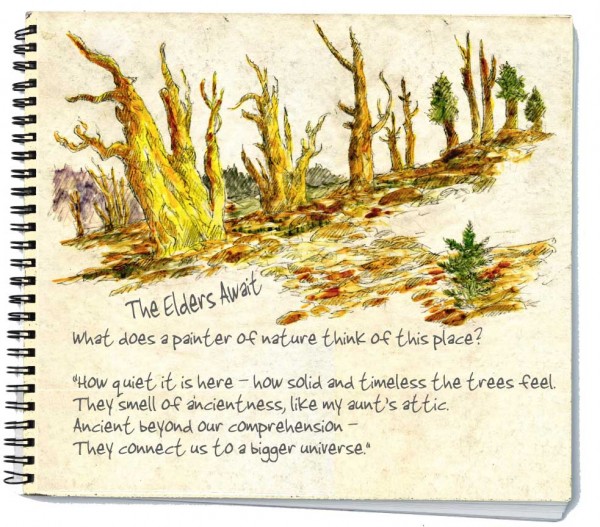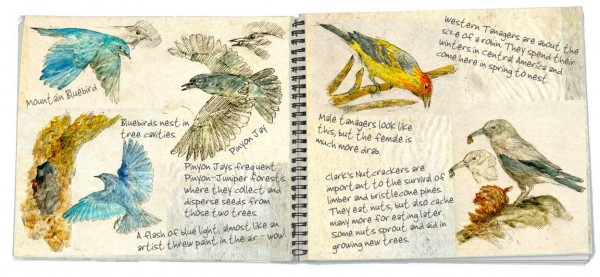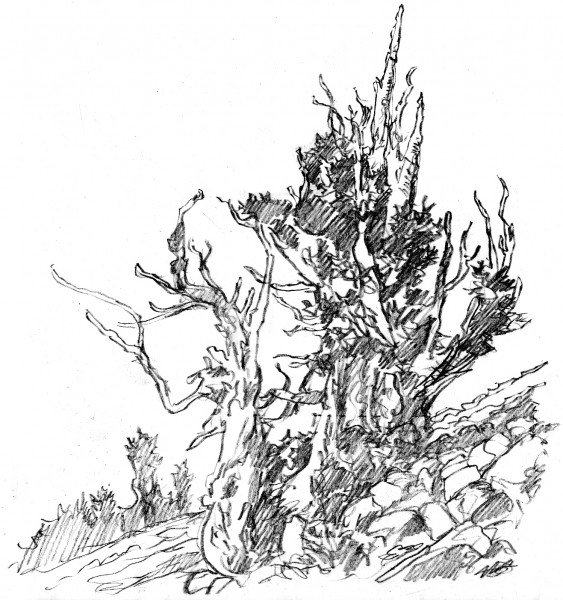Friday, March 11, 2011 – or about 60 weeks ago, we all heard or shocking news about the Tōhoku earthquake and tsunami in Japan. It sure seemed like a long way from us here in the U.S., didn’t it?
Well, Nancy and I just spent a few days out in the “West End” hiking the beaches of Olympic National Park, and I’m hear to report that all those beaches are now receiving a pretty good dose of flotsam from Japan.
These images should enlarge with a click, but if you look closely here, you can see the maker’s mark on this buoy. There were LOTS of these, and we guessed because they rode high on the waves, the wind brought them here quicker than what’s still coming along out there. All the floats we examined had one anchor hole broken off, as if it had been surgically removed by a huge force – like 1″ solid plastic broken with a snap.
And here’s a grapefruit juice carton with the print-date of February, 2011. The red lid kept it floating, all 5,000 miles and all those winter storms – a tribute to plastic/paper cartons, don’t you think? As a painter of big-walls, I know that blue is the last color left standing after the sun bakes everything else out of it.
As we were walking down those pristine beaches, watching whales and sea otters, pelicans and marbled murrelets all in one view, I just couldn’t get over the fact that the last time these objects were seen or touched by people might have been the last time those folks saw anything at all. It was a sobering feeling to unscrew that grapefruit juice carton and inhale the smell of juice (yes, it still smelled of grapefruit) that someone might have had for breakfast on March 11, 2011.
Thanks for reading this week. It’s not art, but I think worthy of a post.
Larry Eifert
Click here to go to the online blog this was to.
Click here to go to our main website – packed with jigsaw puzzles, prints, interpretive portfolios and lots of other stuff.
Click here to check out what Nancy’s currently working on with her photography.
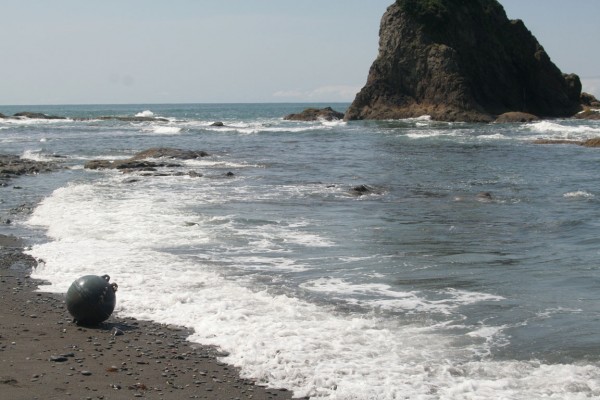


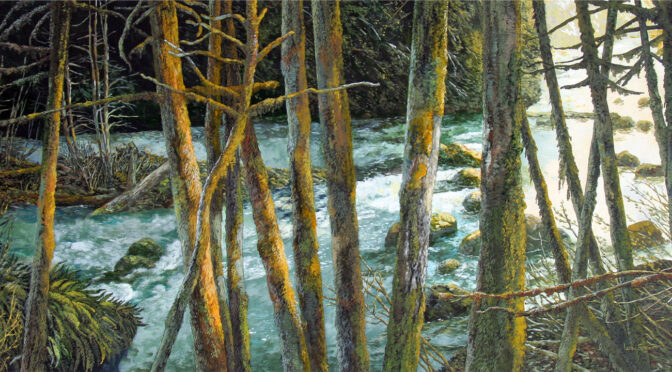


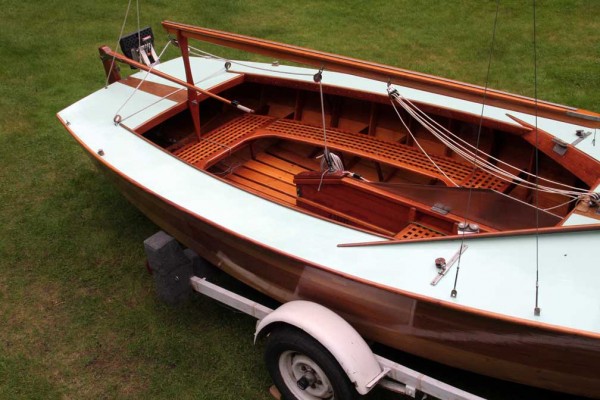

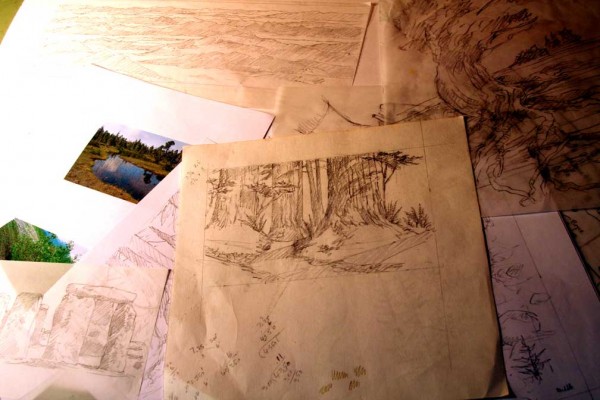
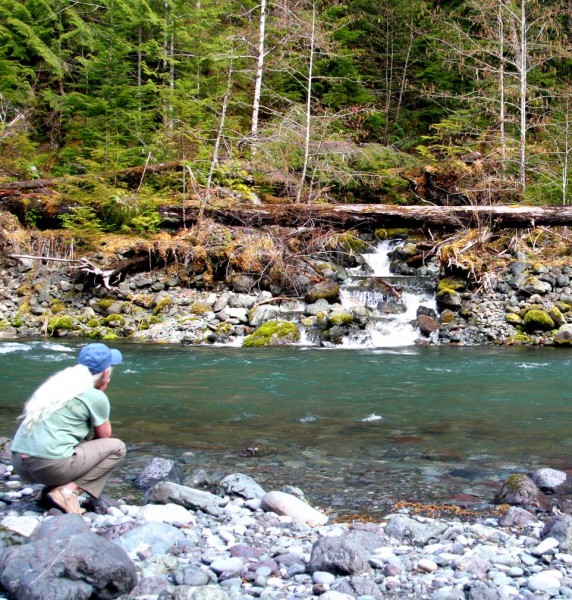
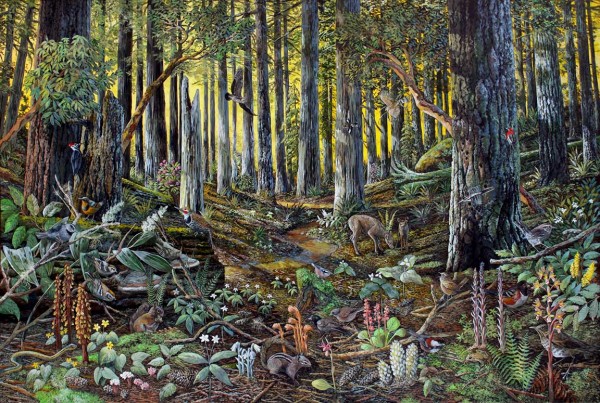
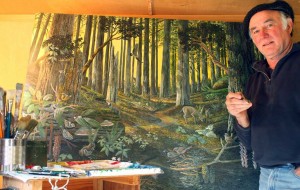
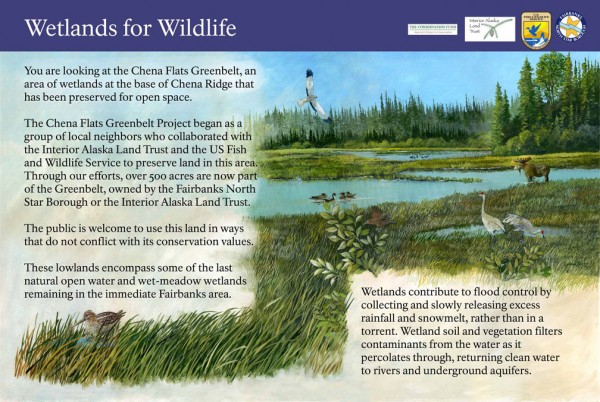
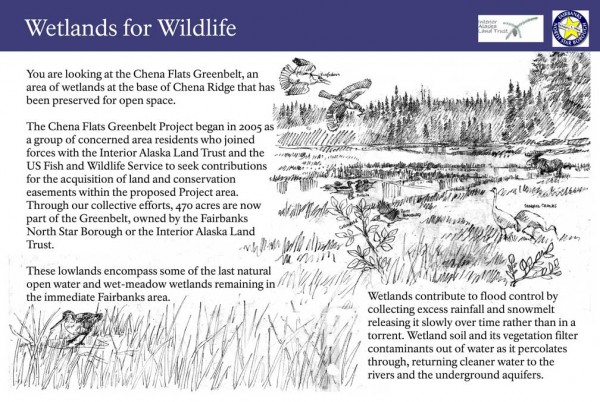
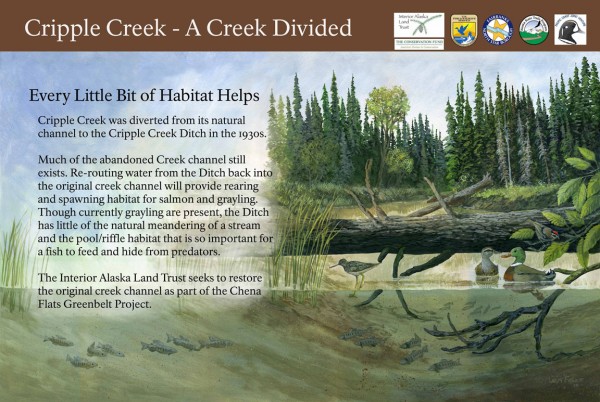
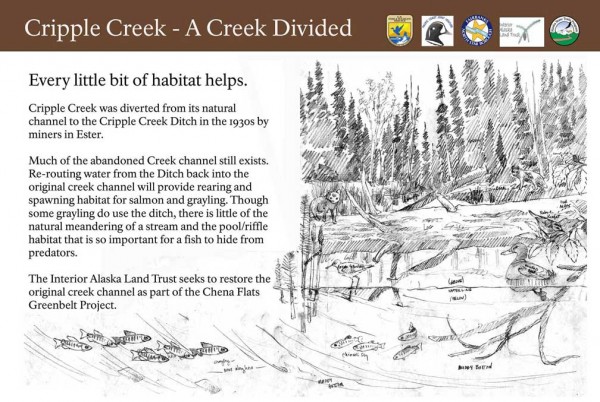

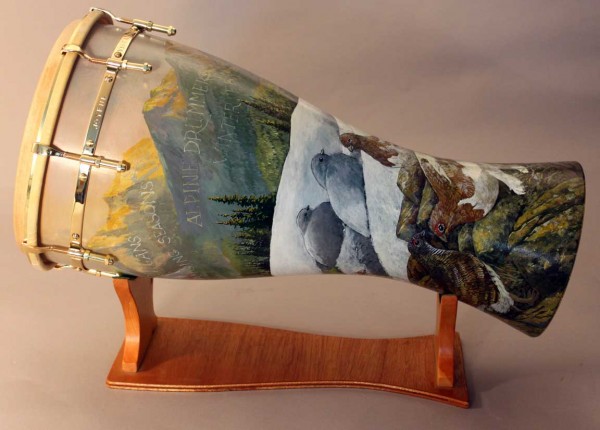 Can you teach two old dogs some new tricks? Maybe!
Can you teach two old dogs some new tricks? Maybe!